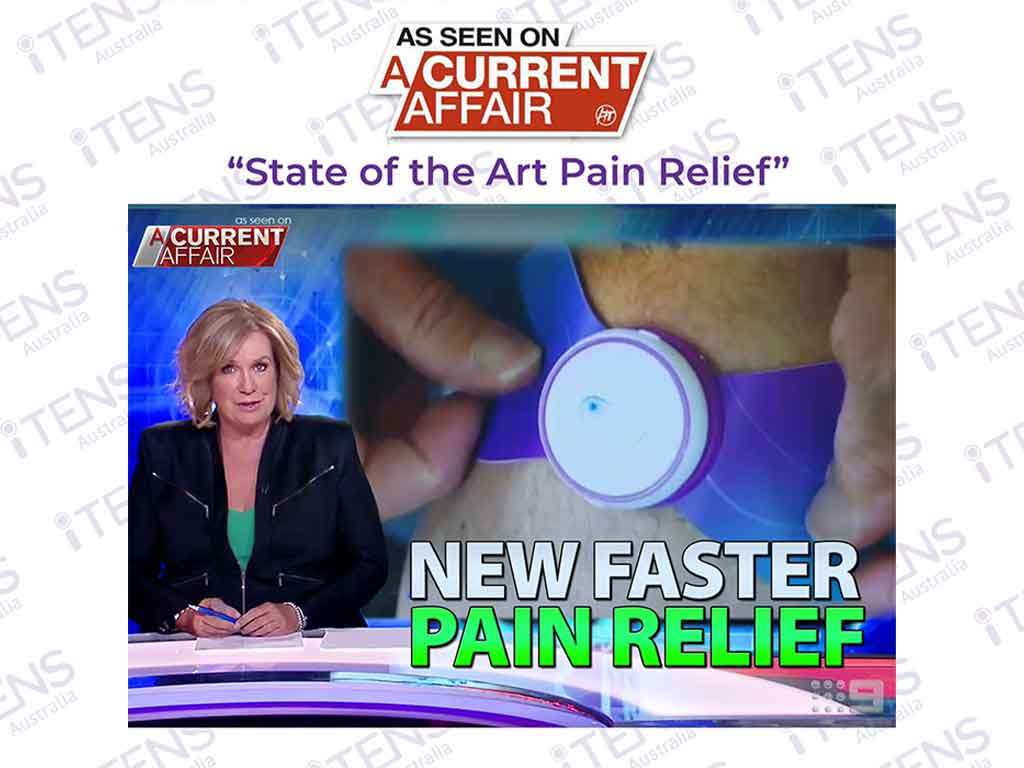
The effects of Transcutaneous Electrical Nerve Stimulation (TENS) can provide immediate pain relief. It works by blocking pain signals, triggering the release of endorphins, and improving blood circulation. This treatment can help with both chronic and acute pain conditions. TENS is a non-invasive and drug-free option for pain management, making it a popular choice for many individuals seeking relief. Understanding the effects of TENS is crucial for anyone looking to explore alternative pain management options.
TENS utilises a battery-operated device and electrode pads. The technique is to deliver low-voltage electric current to stimulate nerve fibres in the body. Through proper electrode placement, the machine produces an analgesic effect. Consequently, TENS can reduce pain intensity while also improving physical function. Nevertheless, it is important to consult a health professional before starting an electrotherapy. The article will present a general overview of TENS therapy, the effects of TENS on acute and chronic pain, and a literature review.
Overview of the Effects of Transcutaneous Electrical Nerve Stimulation
There are several positive effects of transcutaneous electrical nerve stimulation on users. When someone experiences pain, their nerves send signals to the brain, telling it that something hurts. TENS therapy uses electrical currents to alleviate pain, blocking pain signals from reaching the brain. High-frequency TENS can induce this pain mechanism, providing pain relief to the person.
Moreover, the electrical stimulation from TENS triggers the release of endorphins, which are the natural painkillers of the body. Endorphins are chemicals produced by the brain that help to reduce pain and promote feelings of well-being. This natural mechanism not only helps in managing pain but also improves the mood and overall sense of comfort of the person.
Furthermore, electric nerve stimulation can boost blood circulation in the treatment area which can have several beneficial effects. Improved circulation ensures efficient delivery of oxygen and nutrients to the tissues. Additionally, better blood flow can enhance the range of motion in joints and muscles. By enhancing circulation, TENS contributes to the overall well-being. Therefore, TENS can enhance the quality of life for individuals suffering from various types of pain and discomfort associated with peripheral nerves.
Purpose of TENS in Pain Management
- Drug-free Relief: TENS provides pain reduction without the need for medication.
- Non-invasive Technique: It utilises electrical stimulation for treatment without surgery or injections.
- Localised Relief: Targets specific areas of pain, offering relief where it is needed most.
- Personalised Treatment: Users can adjust the settings to suit their needs and preferences for optimal effectiveness.
- Complementary Therapy: People can use TENS alongside other treatments to enhance pain management.
- Portable Solution: Allows for pain relief on the go, supporting functional capabilities during daily activities.
- Inhibitory Effects: It works by blocking pain signals, offering weeks of treatment with little to no adverse effects.

Literature Review on the Effects of Transcutaneous Electrical Nerve Stimulation
Researchers conducted a systematic review to analyse the effects of transcutaneous electrical nerve stimulation on pain management. This review searched through various databases for clinical trials meeting specific inclusion criteria. These criteria included studies focusing on TENS application, involving both healthy subjects and patients experiencing pain. Only trials with clear eligibility criteria and adequate study designs were considered for analysis.
Several clinical trials were identified and analysed in this review. Each trial assessed the impact of TENS on pain relief using different methods, such as numeric rating scales or pain scores. Researchers compare the results to evaluate the overall effectiveness of TENS across different populations and pain conditions. Moreover, the allocation examiner assigns participants randomly to minimise bias.
The findings of this systematic review indicate that TENS has a significant effect on pain reduction. Across the trials, TENS consistently demonstrated a decrease in pain scores compared to control interventions. Researchers calculated the risk ratio and standard deviation to assess the magnitude of this effect. These results suggest that TENS can be a valuable adjunct therapy for pain management in clinical practice.
Current Studies
Current studies on TENS therapy have provided valuable insights into its effectiveness and applications. One study published in a leading medical journal found that TENS therapy was successful in reducing acute and chronic pain in patients with various conditions. The researchers concluded that TENS therapy could be a safe and non-invasive alternative to traditional pain management methods.
Additionally, recent studies show the impact of TENS therapy on postoperative pain management. The findings revealed that TENS reduces postoperative pain scores and decreases the need for opioid pain medication. This indicates that TENS therapy can improve pain management outcomes and minimise the risks associated with opioid use.

Analgesic Effects of Transcutaneous Electrical Nerve Stimulation for Chronic and Acute Pain
For chronic pain conditions like arthritis or back pain, the analgesic effects of transcutaneous electrical nerve stimulation can provide ongoing relief. People can use low-frequency settings, which range from 2 to 5 Hz, to trigger endorphin release. This setting is suitable for mild and ongoing pain conditions, offering a more sustainable solution.
In cases of intense or acute pain, such as post-surgery discomfort or injury-related pain, TENS can also offer relief. Users can use high-frequency electrical impulses, ranging from 50 to 150 Hz, to block pain signals from reaching the brain. According to the Gate Control Theory of Pain, these impulses can effectively “close the gate” by overwhelming the nerve pathways that transmit pain signals to the brain.
Nevertheless, it is essential to consult with a healthcare professional to determine the appropriate settings and usage of TENS. Overall, TENS therapy demonstrates promising analgesic effects for both chronic and acute pain. It offers a safe and effective option for people seeking relief without relying on medication or surgery.
Treatable Conditions
TENS therapy can help manage various pain conditions. For instance, it is effective in addressing musculoskeletal pain, which includes discomfort in muscles, tendons, ligaments, and bones. Another condition is neuropathic pain, which stems from damage or dysfunction in the nerves themselves.
Moreover, TENS can alleviate muscle pain by stimulating the muscles directly, promoting relaxation and reducing tension that contributes to discomfort. It is important to note that this therapy is not a cure but only provides short-term relief. Mostly, pain relief will last between five minutes to 24 hours. Some users experience relief while using the device, and others after the session.
Conclusion
In conclusion, the effects of transcutaneous electrical nerve stimulation show promising results in managing pain. Studies reviewed indicate that TENS effectively reduces pain levels across various conditions. By blocking pain signals and promoting the release of natural painkillers, TENS offers relief and enhances well-being. Additionally, it improves blood circulation, aiding in tissue healing and mobility. These findings underscore the potential of TENS as a valuable tool in pain management strategies.
TENS offers effective relief for both chronic and acute pain. By using low-frequency settings for ongoing conditions like arthritis, it triggers endorphin release, providing sustainable relief. For intense pain like post-surgery discomfort, high-frequency impulses block pain signals from reaching the brain, offering immediate relief. TENS helps manage various pain conditions, including musculoskeletal and neuropathic pain. While not a cure, it provides short-term relief lasting from minutes to hours. Consulting a healthcare professional for proper usage is crucial.




















